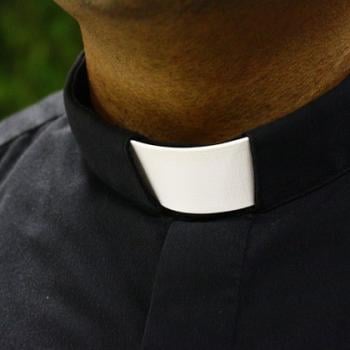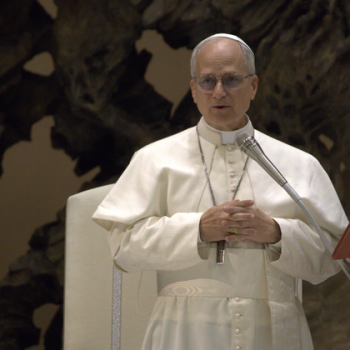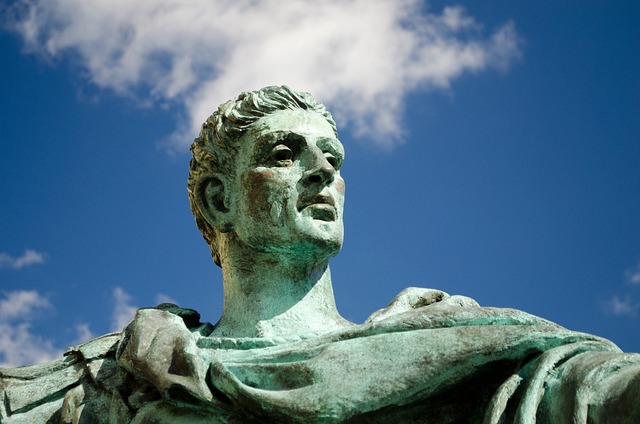
What Was Found
This past summer, a team led by Dr. Douglas Boin, a history professor at St. Louis University, uncovered three walls of a monumental structure appearing to be an ancient pagan Roman temple. The dig took place in Spello, Italy, a famous medieval hilltop city north of Rome. Using underground imaging, the archaeologists pinpointed the temple ruins underneath a modern parking lot.
The Historical Context
The ruins Boin’s team located date back to the fourth century AD when Constantine reigned over the Roman Empire. Constantine, who ruled from AD 306-337, is perhaps best known for being the first emperor to convert to Christianity. The son of a Roman father and a Greek, Christian mother, Helena, Constantine’s conversion took place around 312 AD after he was already in power.
Constantine put his professed faith into action to improve the treatment of believers in the empire. In 313 AD, the year after his conversion, he met in Milan with his colleague and rival, Licinius, to co-author the Edict of Milan. This decree allowed Christians, previously persecuted, to pursue their faith without oppression. In addition, Constantine financed various building projects for churches to help the spread of his faith throughout the empire.
Why Dig In Spello?
A letter from Emperor Constantine to the locals of Spello, spurred Boin and his team to focus their efforts on that town. Constantine’s letter, found in the 18th century inscribed in Spello’s town hall, permitted the residents of Spello to forgo traveling to attend a religious festival out of the area if they would build a temple to his “divine ancestors.”
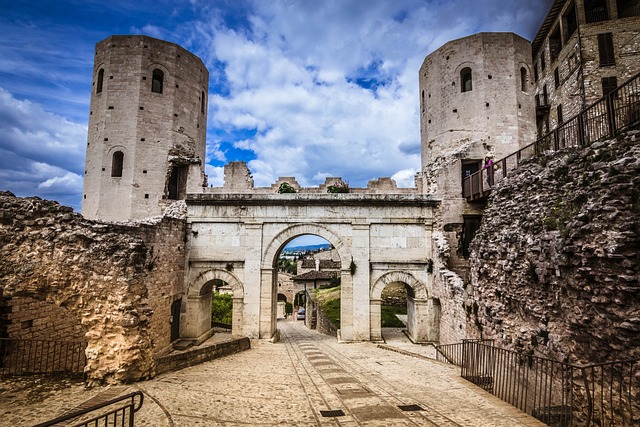
Emperor Worship And Christianity
Why encourage an imperial cult when the Roman ruler was Christian? Dr. Boin explains that things did not change overnight when Constantine converted to Christianity. A transition period took place from Roman imperial theology to Christianity. It was not until 380 AD that Christianity became the official religion of the Roman Empire.
During this transition, lines became blurred and imperial cult worship and Christianity co-existed. In fact, as Boin points out, evidence from other locations in the Roman world points to Christian rulers supporting imperial cult practices.
Prior to this summer’s dig, however, historians had no idea about the size of the physical sites associated with this imperial cult worship. Researchers indicate the ruins in Spello constitute the largest such temple found to date. This major discovery, as Boin characterizes it, is the biggest evidence ever of imperial cult worship under a Christian ruler.
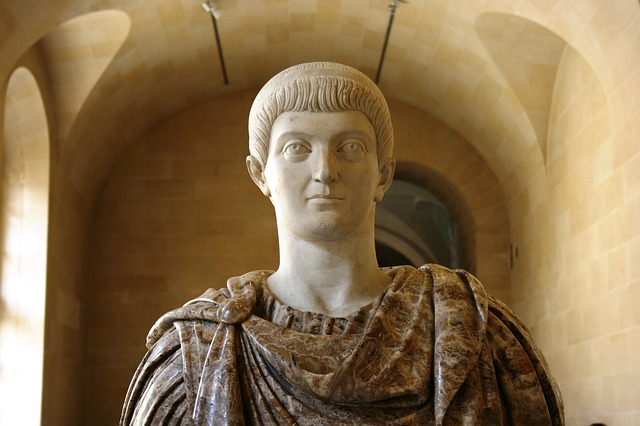
Faith Lesson For Today
Although the US has no official religion, other countries view it as a Christian nation. Nevertheless, other types of worship occur here, and citizens are free to have no religion at all. Believers are assailed by secular beliefs and practices. A parallel exists with the Roman empire under Constantine’s rule. Although professing to be a Christian, Constantine indulged in line-blurring with the society of his day. But the God of the Christian faith expressly states line-blurring is not acceptable in Exodus 20:3. His believers are to “Worship no God but me.”
The important archaeological find in Spello is not only intellectually interesting from a historical standpoint, but it provides an important faith lesson. People tend to blend the old familiar past and societal norms with newly accepted faith practice and thus blur lines. Unlike the Spello imperial cult practice temple ruins, this unacceptable combination is better off buried and not dug up.






